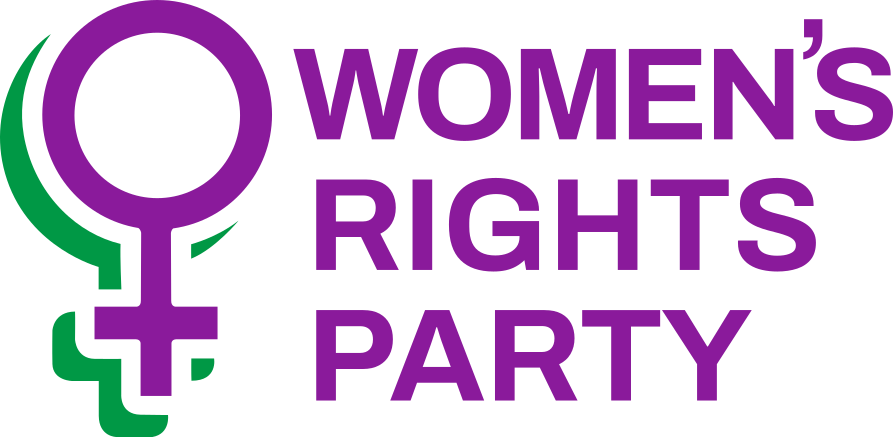The Council of Trade Unions National Affiliates on Friday approved a process to revise the Working Women’s Charter, a legacy of former union leader and Labour Party MP Sonja Davies from the 1970s.

The final adoption of the Working Women’s Charter in 1980 by the NZ Federation of Labour and many other organisations, including State sector unions, was recognition of the demanding role of women in our society. Equally it developed a commitment to work for implementation of the Charter’s aims.
In the CTU proposal tabled on Friday, scoping the revision of the Charter is already underway and includes ”non-negotiables such as the explicit inclusion of trans women and non-binary folks”.
When questioned about the “non-negotiables” at Friday’s meeting, CTU National Secretary Melissa Ansell-Bridges was adamant there would be “no debate” about the inclusion in the Working Women’s Charter of men who identify as women or ‘non-binary’. This was a “line in the sand”, she told attendees.
Women’s Rights Party Co-leader Jill Ovens says the proposal to broaden the scope of the Charter could deflect from much needed, and in some cases, long overdue progress for working women.
Ms Ovens has run sessions where women participants evaluate whether the goals of the Working Women’s Charter have been achieved. In some cases, we have gone backwards, she says.
A scorecard of typical responses on progress against the Charters’ Goals follows:
1.The right to work for everyone who wishes to do so.
Not achieved. Women were most affected by job cuts during Covid and more recently with public service staffing cutbacks.
2. The elimination of all discrimination on the basis of sex, race, marital or parental status, sexuality or age.
Achieved in law, if not in practice. See prohibited categories in the Human Rights Act 1993.
3. Equal pay for work of equal value – meaning the same total wage plus other benefits.
Partially achieved. Progress made in core Public Sector women-dominated occupations, as well as Health and Education, but legislation extinguishing 33 claims affecting more than 150,000 women-dominated occupations has turned the clock back.
4.Equal opportunity of entry into occupations and of promotion regardless of sex, sexuality, marital or parental status, race or age.
NOT achieved; evidence shows women disadvantaged in terms of promotions.
5. Equal education opportunities for all.
Achieved.
6. Union meetings to be held in working hours with special trade union education courses for women unionists to be held with paid time off for participants.
Achieved; Employment Relations Education Leave enacted 2000.
7. Equal access to vocational guidance and training, including on the job training, study and conference leave.ve Heading
Partially achieved; many women-dominated occupations require self-funded university education with relatively low pay on graduation (e.g. Nurses 3-year degree compared with Police 20 weeks course on pay).
9.Introduction of a shorter working week with no loss of pay, flexible working hours, part-time opportunities for all workers.
Not achieved.
9. Improved working conditions for women and men. The retention of beneficial provisions which apply to women. Other benefits to apply equally to men and women.
Partially achieved; unequal employer contributions to KiwiSaver for women-dominated occupational groups
10. Removal of legal, bureaucratic and other impediments to equality superannuation, social security benefits, credit, finance, taxation, tenancies, and other related matters.
Partially achieved; see above re KiwiSaver employee contributions
11. Special attention to the needs and requirements of women from ethnic communities as they see them.
NOT achieved with respect to pay equity. Women from different ethnic groups earn less than all other groups (men, women, Pakeha, Maōri, Pasifika).
12. Wide availability of quality child care with Government and/or community support for
NOT achieved; predominant model is privatised childcare with limited hours for women working shifts; no flexibility for women on rotating rosters.
13.Introduction of adequate paid parental leave (maternity and paternity leave) without loss of job security, superannuation or promotion prospects.
NOT achieved; 26 weeks parental leave is well below norm in European countries, no separate partner leave, no requirement for employer contribution during periods of parental leave, disadvantage in terms of Annual Leave on return to work.
14. Availability of paid family leave to enable time off to be taken in family emergencies, e.g. when children or elderly relatives are ill.
Partially achieved; legislated entitlement to request up to 10 days domestic violence leave and to request flexible working hours to change work arrangements.
15. Sex education and birth control advice freely available to all people. Legal, financial, social and medical impediments to safe abortion, contraception and sterilisation to be removed.
Achieved
16. Comprehensive government funded research into health questions specific to women.
NOT achieved; “male default’ medical research fails to recognise biological differences of men and women leading to significant health disparities for women.
